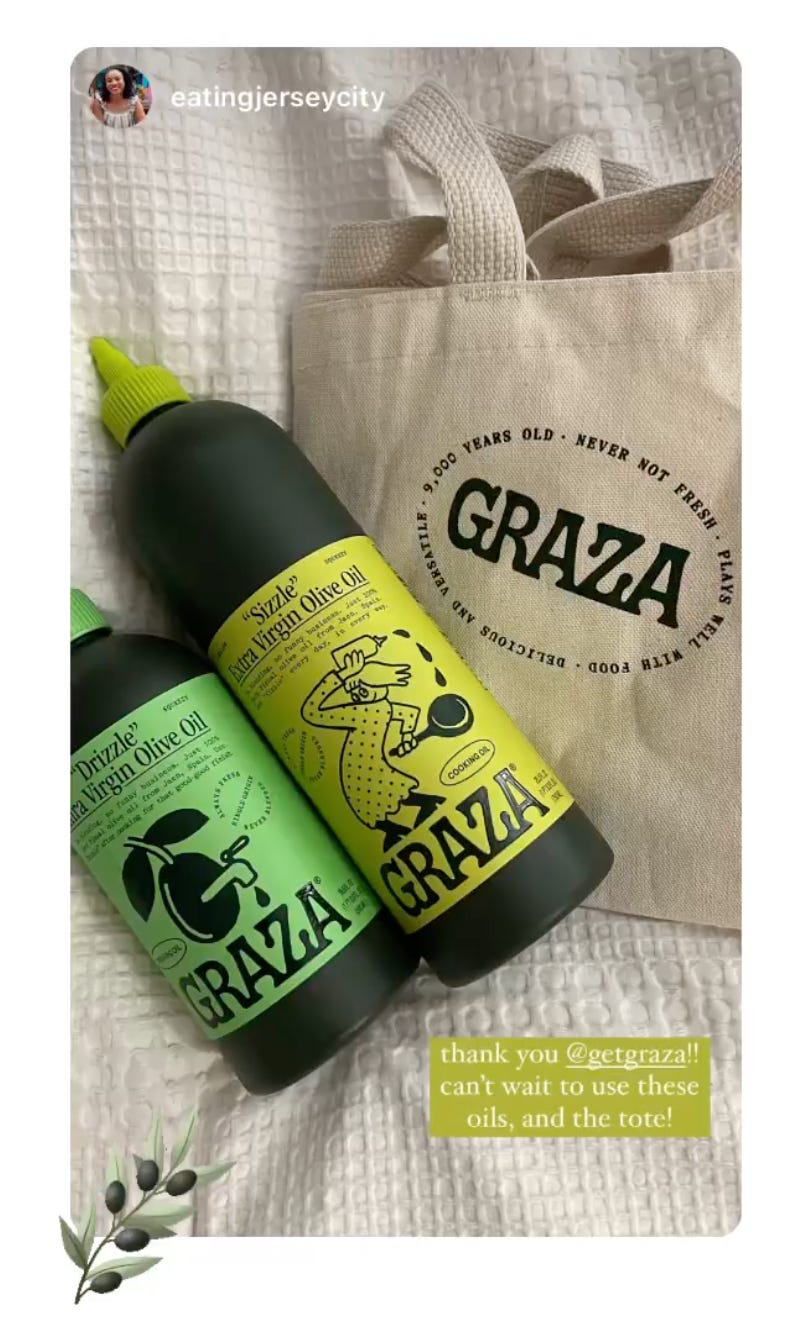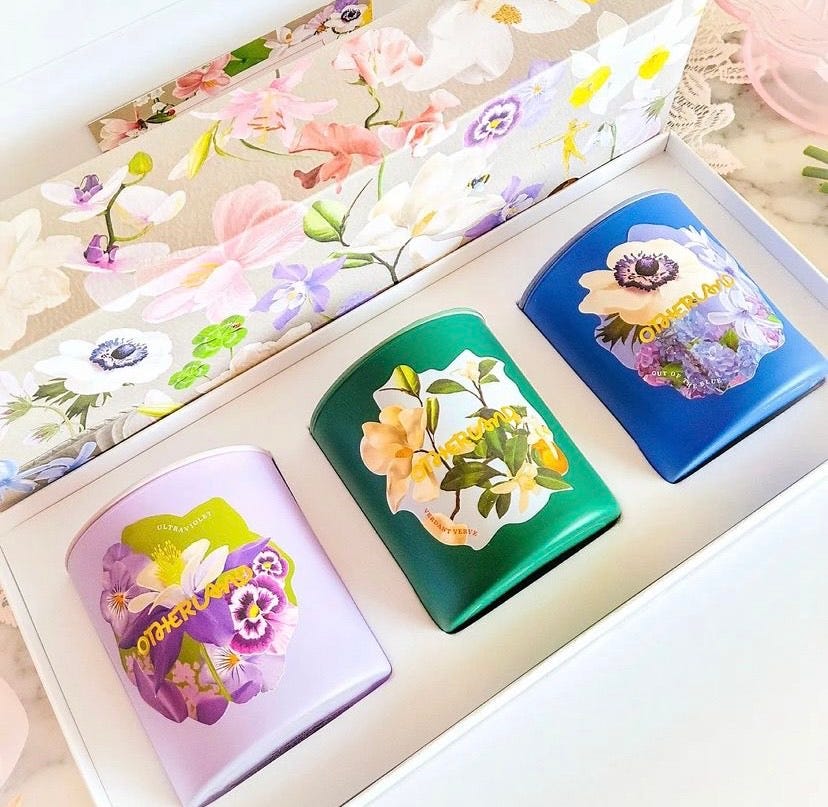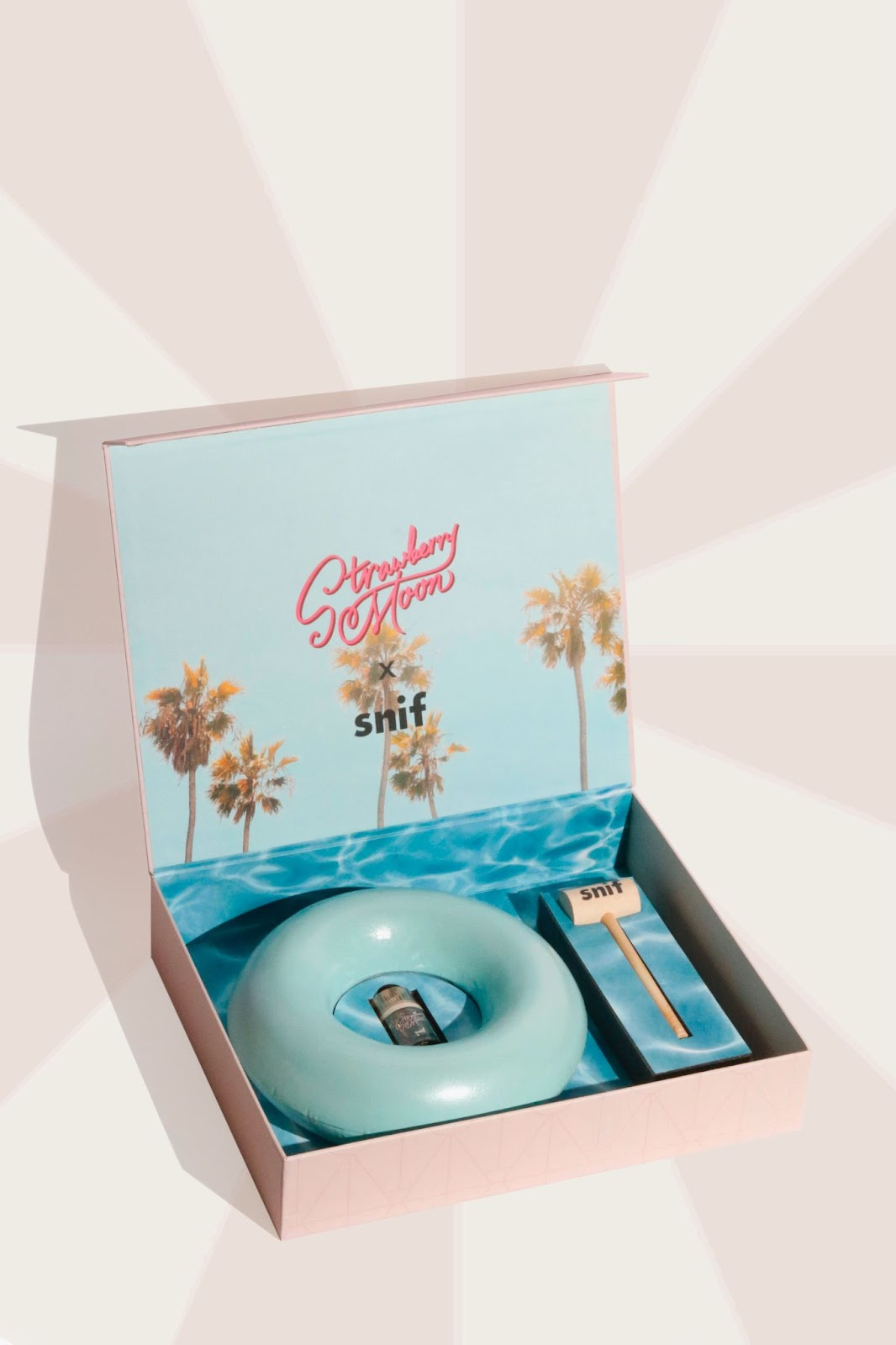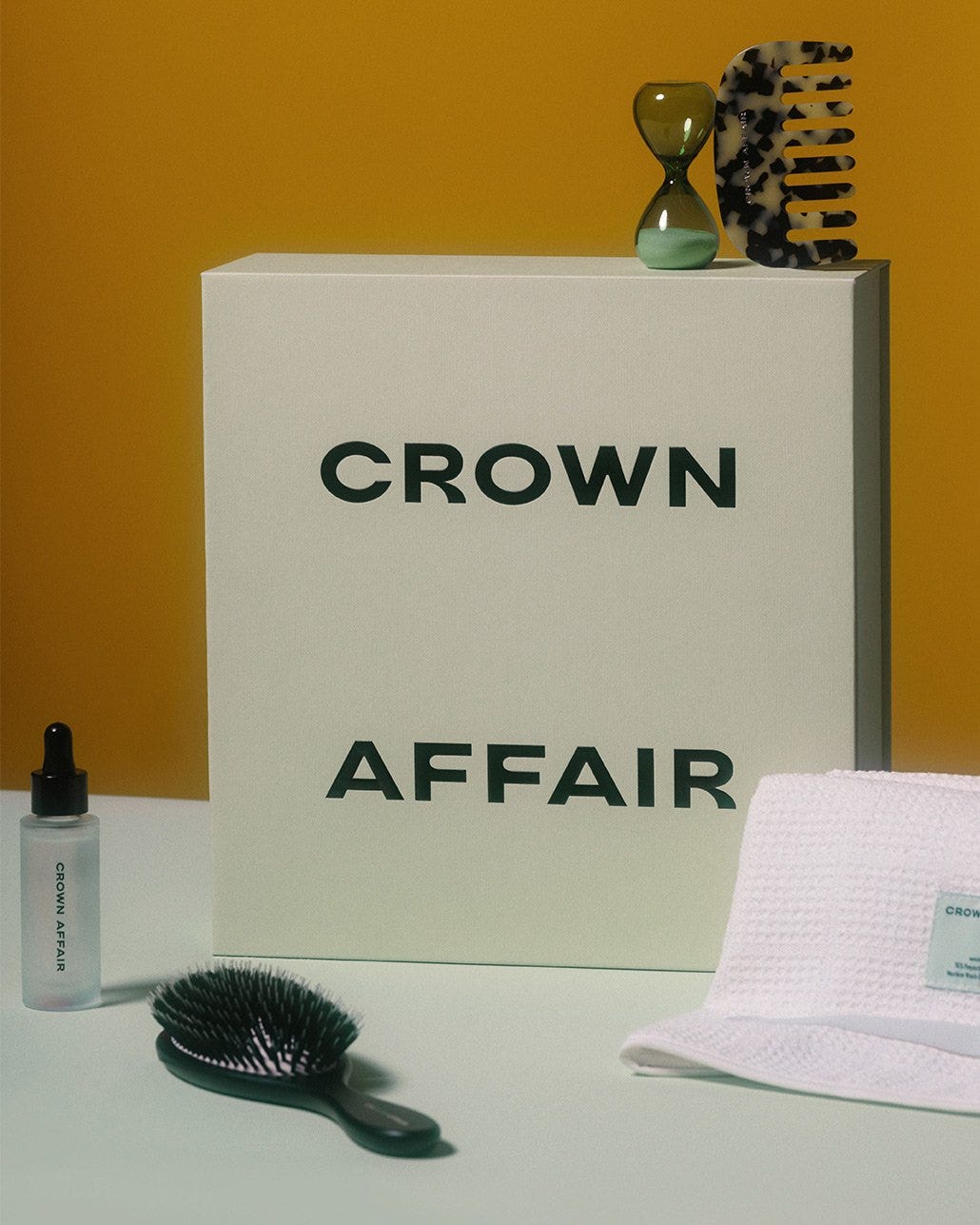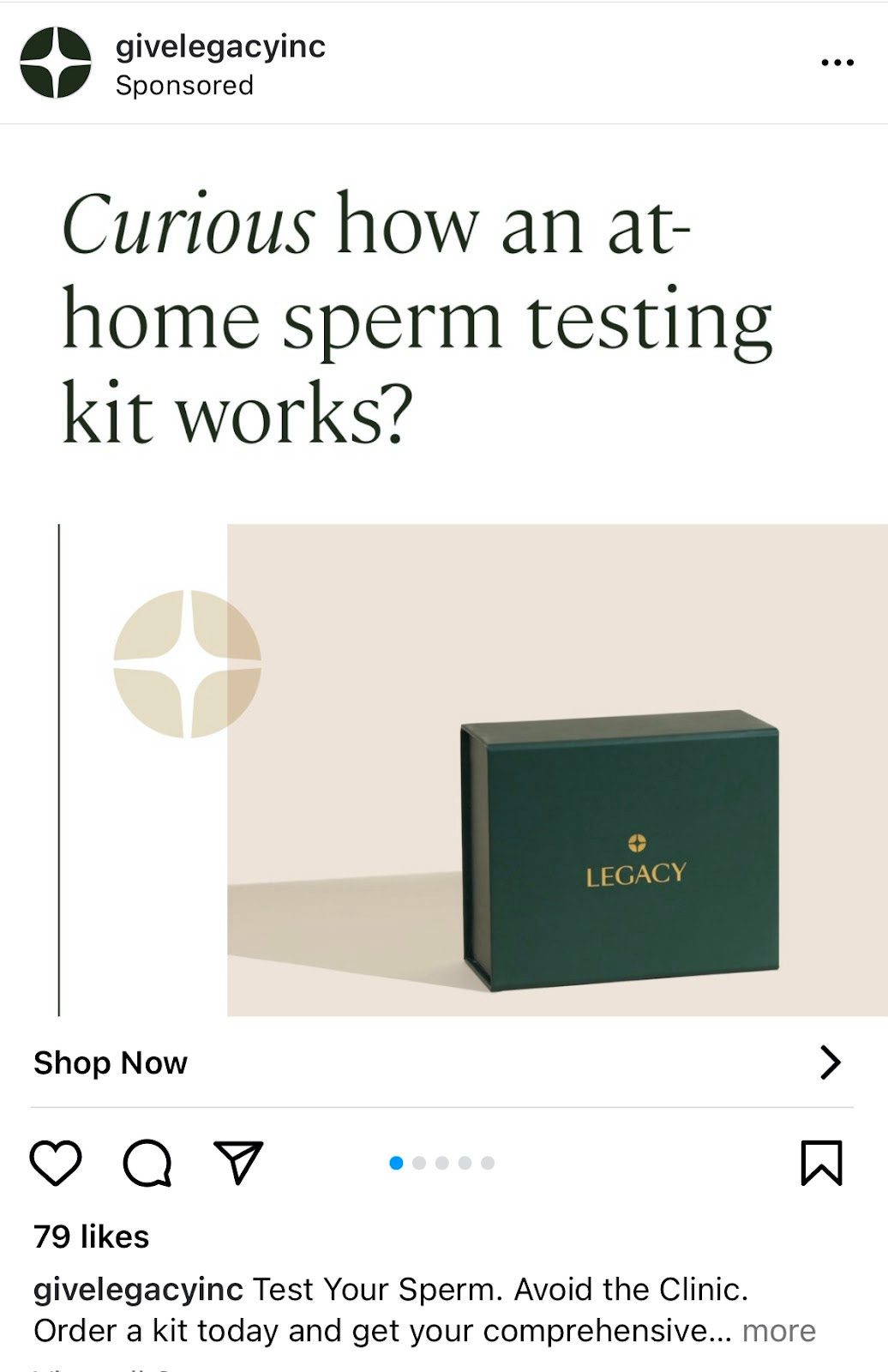A newsletter about branding, startups, and mission-driven companies aiming to make the world a better place.
👋 Welcome to For The Love, so happy to have you all here!
Before we kick things off, I just wanted to let you all know that I’m wrapping up a consulting project soon and may have some extra bandwidth to work on something new.
If you’re looking to get something to market, create or refresh a brand, or even do some preliminary workshopping for direction before you drop a ton of money on an agency, please drop me a line with how you think I can help at ajasinger@gmail.com.
Today we’ll be discussing:
Part two of a series on how to (successfully) launch a DTC brand
A roundup of new launches from the past few weeks, including Gen Z headcare (aka skincare for your *whole* head)
An Instagram ad asks a question I’m hoping is rhetorical
If you were forwarded this by a friend, join DTC brand and marketing leaders by subscribing here!
⚡ For The Love of Startups
In early January, you may have noticed a new product popping up in your Instagram feed…and your TikTik feed…and even your Twitter feed.
A bright green squeezie bottle, squeezing olive oil on everything from pasta to ice cream.
Graza, a new DTC olive brand, with (not coincidentally) very eye-catching packaging was suddenly EVERYWHERE in consumer brand circles.
This was thanks to product seeding — without question the most cited by founders as a gamechanger – on launch day.
As Graza co-founder Andrew Benin told me, “Seeding product was vital.”
How do you get that *everywhere* effect on launch day?
Kendall Dickieson, a social media consultant who worked with Graza on their launch, started by making a list of ideal partners.
“If you're starting from ground zero, make a directory of the influencers that are on your dream 100 lists. Make sure that you're not only going after the people that have a K next to their name, or have a verification sign — you need people that are in that nano and micro space.”
It also helps if they’re creating compelling content.
As Andrew explained, “You just need to get your product to people who are content creators — people that are really masters of the craft of creating a 15-second video or a photo dump, things that are very difficult to do.”
“So that was our criteria — are you creating content that is culinarily inclined? And we built a master list of hundreds of accounts, and we reached out via DMS.”
Abigail Cook Stone, founder of Otherland, a DTC candle brand, agrees:
“Micro-influencers have also been huge — some of the bigger followings, they may have lower engagement and may be promoting a lot of products.”
In addition to brand awareness, it also helped Otherland tell the story of the product in a casual (ie non-marketing) way.
This is especially important given that her product is scent-based which you can’t, you know, smell through the computer.
“Having this kind of chit-chat format of content on social really helps to tell those stories and express who you are, the details of the product, the features.”
She also finds it helpful to help creators tell those stories with a prompt.
“We're telling our own stories about each scent inspiration, but then we want to empower our customers and influencers to tell their own story about it… We may include a prompt. Usually, we put a card in the box telling a little bit about the collection and saying scent is the strongest trigger of memory and emotion — what does this evoke for you?”
Although giving creators a prompt is not always necessary. As Graza’s Andrew Benin explained:
“We didn't ask for anything. We literally just sent an extra tote bag. And we're just friendly — reached out through DMS. We did the same thing with Molly Baz. We didn't know Molly… we just asked for her address and sent her product, and she posted to stories and it blew us up on day two.”
But whether you’re giving them content ideas or not, you need to make sure you’re sending them something worth photographing.
As Kendall Dickieson said, make “sure it's an experience that someone wants to post. Put thought into it. Make them want to open it, make them want to show it. How can we make it an experience?”
Snif, a DTC fragrance brand, creates a highly customized package for each new product launch. The influencer mailers for their recent launch with the Goodtime Hotel’s swim club even included a mini pool floatie.
Co-founder Phil Riportella told me:
“We had these beautiful PR kits that went out to influencers and celebrities. These are people who are used to getting everything. So we really did invest in that.”
Obviously, it’s an investment, but according to the founders I spoke to, it’s one that pays off.
So send as many as you can. How much? Benin thinks that number could go as high as 10% of your initial inventory.
“With a million units, I would seed 100,000. That is how much we believe in it,” he offered.
Otherland’s Stone agrees.
“At the very beginning, we were very precious about samples,” she explained to me.
They asked their PR team: “Are we sure these people are going to write about us if we provide a sample? That's not really how it works. And so I think one big learning was, especially at the beginning, you need to get your product out there — like everywhere. You're going to have to send a lot of samples for press, a lot of gifted product to influencers and it's going to have to be a constant budget that you have every month for free product that's being sent out. It really helps get the word out there, but it can't just be an email it. They've got to try the product — to use it, to smell it, unbox it. So I think budgeting for that was really important.”
Making sure you get product out before launch will not only ensure people are talking about your brand on launch day, but will also have the added benefit of providing you with content as well.
“Having everything on hand, two weeks before the launch was a big operational change for us. But it's allowed us to seed the product both with press well enough in advance that they have time to write about it, but also with influencers and highly engaged customers… that says embargo until X date. And that makes the influencers feel like they're in a special group where they get premiere access, they get to share it first. But then you also have all this content ready to go on Instagram on the day of the launch. And it just creates a lot more buzz… that helped to coordinate this big push of product reveals on that day.”
At Graza, they started sending out product three weeks before launch.
“Do it like three weeks pre-launch in stages. So you're seeing hits over those three weeks, you're getting a little bit of momentum,” co-founder Andrew Benin explained. ”15 a week, 15 a week, 15 a week, 15 a week gives you space to change up the communities that you're going after. For us it was one week we're going to focus on the pizza community. And then we're going to focus on the barbecue community.”
Early product seeding also has a compounding effect on launch coverage — everyone suddenly wants to see what all the buzz is about, as Crown Affair founder, Dianna Cohen, discovered.
“We'd sent to 20 to 30 people to make actual content. And they were content creators, people who make UGC — these are people I worked with in the past that were great at making content that worked and look beautiful and felt aligned with our visual literacy at Crown Affair. We also did a seeding campaign where there was no ask — we seeded about 200 kits out with our comb, a sample size of the oil, a limited edition tote bag that people still ask us about, which is always good because we don't sell them, And then a card about Crown Affair.”
Those arrived to influencers on the Thursday before Crown Affair’s Tuesday launch.
“That was a game-changer — that changed everything truly, because, we were talking to editors… it wasn't super easy at first to get people excited about the brand… Once they started posting that Thursday, and again, it's influencers but it's also just people who are influential — it's not about the follower count… by Monday we had like 20 people ask,’ What is this brand? What's going on? I'm seeing it everywhere. Why does everybody have it?’ It really was such a catalyst, that social media seeding with no ask, just to celebrate, was a major catalyst, for the excitement on launch day.”
While influencer seeding is clearly impactful, it’s crucial to frame it within your broader launch strategy, as Snif co-founder Bryan Edwards pointed out:
“It helps drive our top-of-funnel strategy, which is much more elaborate than just getting products in the hands of the influencers — it's really focused on getting as many eyeballs on Snif as possible. And that's something that we focused on really early on at launch. Whether it was earned media, gifting, or ensuring that we had big pieces of press lined up to talk about the launch of Snif, it was all in this effort to try to drive as many people onto the site as possible.”
“Because we've come to learn and come to appreciate this idea that it takes 6, 8, 10, touchpoints, with a customer, before they actually decided to make the purchase. And so we wanted to be everywhere, all at once.”
🔥 For The Love of Newness
A$AP ROCKY (aka Mr. Rihanna) launched the whiskey brand Mercer + Prince.
Sqigs is a new line of clean face and scalp products (#happyheadcare) packaged up in a delightfully Gen Z-ified brand.
Guests on Earth is a line of sustainable and show-off-able home cleaning products.
🔍 For The Love of the Details
Uhhhh pretty sure we know?
And, yes, I did pick a sperm-related ad for my ‘seeding’ article
Thank you for being part of For The Love!
A few more things...
Is there a topic you think I should cover? Or a funny ad I can dissect? I’d love to hear from you! You can email me at info@ajasinger.com, respond to this email, or drop it in the comments ⬇
Know someone who’d enjoy this newsletter?
Was this newsletter forwarded to you?
Written by Aja Singer, a brand and creative strategy consultant interested in all things startup, mission-driven, and community. Born in Canada. Based in Brooklyn. You can also find me on Instagram and Twitter.





